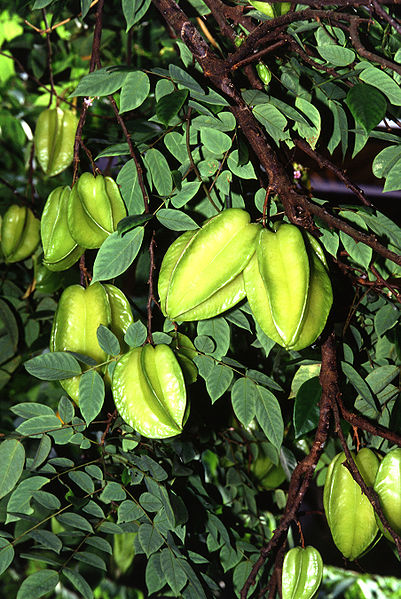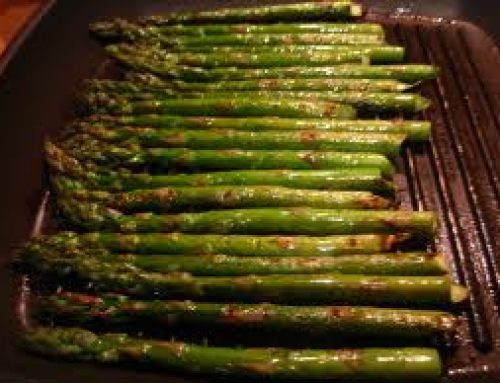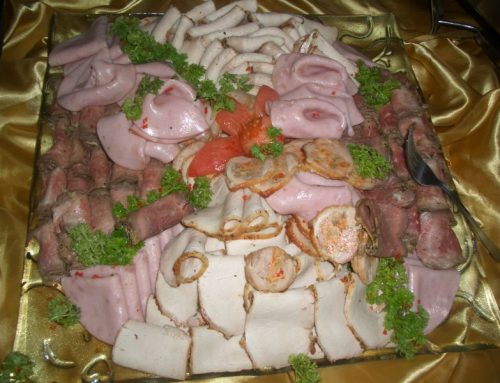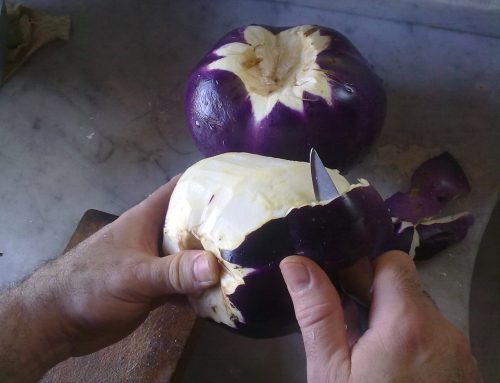Also known as Carambola, Star Fruit are native to Philippines, Indonesia, Malaysia, India, Bangladesh and Sri Lanka and are popular throughout Southeast Asia, the South Pacific and parts of East Asia, Latin America, the Caribbean, and the southern United States.
It has ridges down its sides, and if you cut it across its width it looks like a star.
It can be either eaten raw or be used in cooking in relishes, preserves, and juice drinks.
So can guinea pigs eat star fruit, and if they can how much of it can be eaten?
Lets take a look at its nutritional data and find out more about it.
As per usual, their acidic, calcium, sugar, fat and phosphorus content are of particular interest as far as guinea pigs are concerned.
Energyt128 kJ (31 kcal)
Carbohydratest6.73 g
– Sugarst3.98 g
– Dietary fibert2.8 g
Fatt0.33 g
Proteint1.04 g
– lutein and zeaxanthint66 μg
Thiamine (vit. B1)t0.014 mg (1%)
Riboflavin (vit. B2)t0.016 mg (1%)
Niacin (vit. B3)t0.367 mg (2%)
Pantothenic acid (B5)t0.391 mg (8%)
Vitamin B6t0.017 mg (1%)
Folate (vit. B9)t12 μg (3%)
Cholinet7.6 mg (2%)
Vitamin Ct34.4 mg (41%)
Vitamin Et0.15 mg (1%)
Calciumt3 mg (0%)
Iront0.08 mg (1%)
Magnesiumt10 mg (3%)
Manganeset0.037 mg (2%)
Phosphorust12 mg (2%)
Potassiumt133 mg (3%)
Sodiumt2 mg (0%)
Zinct0.12 mg (1%)
(source: Wikipedia)
As you can see star fruit have a hint of phosphorus and fat, are quite acidic, and some sugar content.
They also have a very good amount of vitamin c in them.
With this in mind, they can be eaten by guinea pigs but only 2-3 times a week because they are quite acidic. In small amounts as well!





